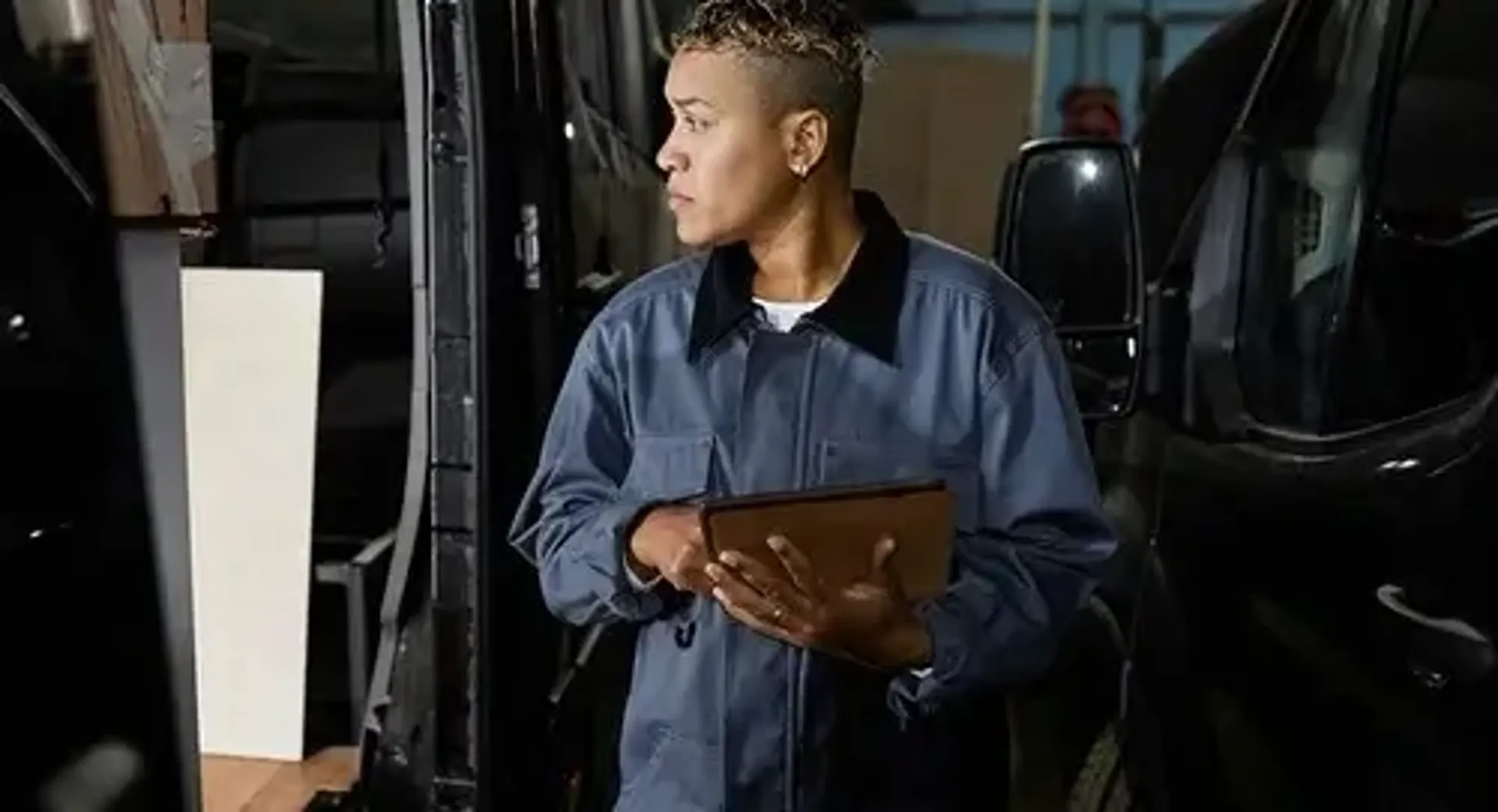
A safe and healthy working environment, where accidents are prevented, is a basic right for everyone. To bring awareness to this, last month was World Day for Safety and Health at Work. If you’re a fleet operator, this is especially important. In Great Britain, there are just under 130,000 road accidents a year which is around 350 per day. To keep your drivers safe on the move, you need to check in with them regularly and properly maintain any vehicles or vans. To help, we’ve pulled together our top tips for keeping your fleet safe.
Fitness to drive checks
All road users need to be legally safe to drive. As a business owner or fleet operator, you’re accountable so need to make sure you’re conducting regular checks. Here’s the most common things you need to look out for:
Licence
Before you hire a driver, you’ll have checked their licence thoroughly. But once employed, you should still repeat this process every six months. This way, you can check it’s valid and see if there are any points for offences like speeding or using a mobile phone. Your employees need to let you know about any offences – make sure they’re aware this is a policy but check the license as a back-up measure.
Health
Do any of your drivers suffer from health conditions that would impact their driving ability? This can be anything from long term illness, like epilepsy, to temporary injuries, like a broken hand, arm or leg. Yearly health or “fitness to drive” assessments will make sure you keep on top of their health and wellbeing needs.
Eyesight
As part of monitoring your driver’s overall health, you should also include yearly eyesight checks. Road users need to be able to read a number plate (made after September 2001) from 20 metres. This can be unaided, with glasses or contact lenses. If they need vision support, like glasses, they’re legally required to wear them.
Alcohol or drugs
Driving whilst above the legal drink or drug limit is a criminal offence. But this doesn’t just affect the individual. You need to take steps to make sure your drivers aren’t operating vehicles while under the influence of any substance too. Instead of following the law – 35 micrograms of alcohol per 100 millilitres of breath – some companies operate a strict zero tolerance alcohol policy.
Regular safety inspections
Drivers should walk around their vehicles every day to inspect it for scratches or dents. They also need to make sure tyre pressure and treads are totally road legal. But it’s not just down to drivers. As a fleet manager, you should organise regular inspections with trained professionals too.
Conduct training
When someone has been driving for a while, it’s easy to slip into bad or lazy habits. If your employees clock up hundreds or thousands of miles, you want to make sure they’re still safe on the road. Training is a great way to do this. Bring in a professional instructor and get your team together to educate them on things like company-specific policy, the highway code and safer driving advice.
Use telematics
Telematics systems are a way to monitor vehicles. Commonly known as a black box, a small device is fitted to assess things like speed, acceleration, braking and overall driving style. Collecting this data across your fleets will encourage your drivers to travel more safely and gives you a way to check their performance.
Reward safe driving
Once you’ve installed a telematics system, the data will show which drivers are safest. Armed with that knowledge, you can reward the employees who have calm and competent driving styles. Whether you offer vouchers, money or prizes like bonus days off and fun experiences, this will incentivise all your fleet to be safer on the road.
Vehicle maintenance
Making sure your vehicles are roadworthy is vital. This means in-depth servicing, changing tyres, oil or bulbs and fixing issues straight away. Traffic officers have the right to pull over any road user but this is more likely to be the case if the vehicle looks damaged or unroadworthy. If they do, this can result in the vehicle being seized.
Stay up to date with paperwork
It goes without saying that any active vehicles need to be taxed, have valid insurance and an up-to-date MOT. After you’ve made sure of that – keep a detailed record, hold onto all paperwork for each vehicle and set reminders for when you need to renew policies. It’s also important to use accurate timesheets so you can prove which of your employees is driving which vehicle, at any time.


